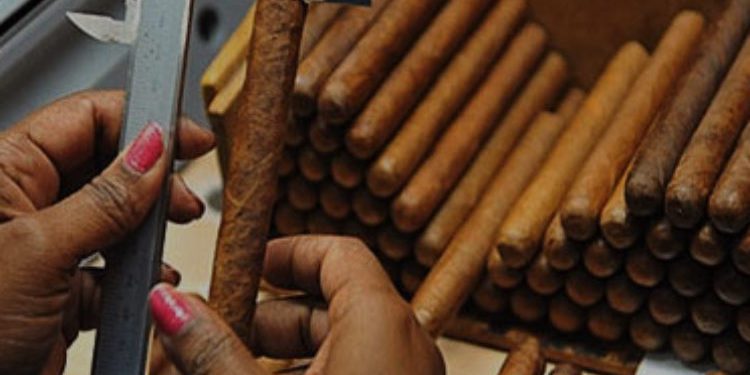Cigars are made from tobacco leaves that are carefully cultivated and selected for their quality and flavor. The leaves are harvested and then undergo a curing process, during which they are hung in barns to dry and ferment.
After curing, the leaves are sorted according to their color, texture, and size. The leaves are then blended together to create a specific flavor profile for the cigar. The blend is then rolled into a bale and left to age for several months to allow the flavors to develop and meld together.
Next, the leaves are taken to the factory where they are inspected and graded by experienced workers. The leaves are then stripped of their stems and cut into small pieces called “fillers.” These fillers are then rolled into a bunch and placed inside a casing made from a larger, higher-quality tobacco leaf called the “wrapper.”
The cigar is then shaped and trimmed to its final form. It is then placed in a mold to hold its shape while it is being rolled. The cigar is then taken to the final step, which is the “bunching” process. In this step, the fillers are tightly rolled inside the wrapper to create the final shape of the cigar.
Finally, the cigars are placed in a controlled environment to age for several more weeks or months. This aging process allows the flavors to fully develop and for the cigar to reach its peak of perfection.
Once the aging process is complete, the cigars are ready to be enjoyed. Whether they are hand-rolled or machine-made, cigars are a true labor of love that require skill, patience, and attention to detail.






